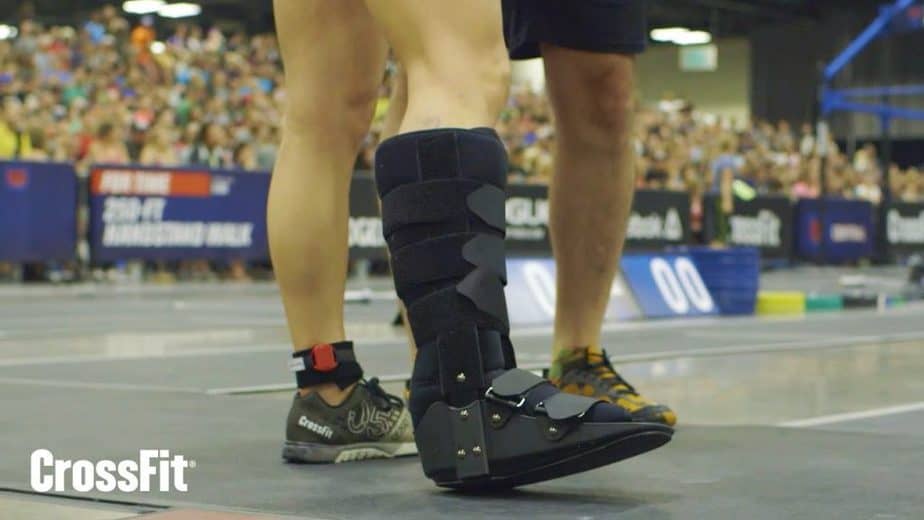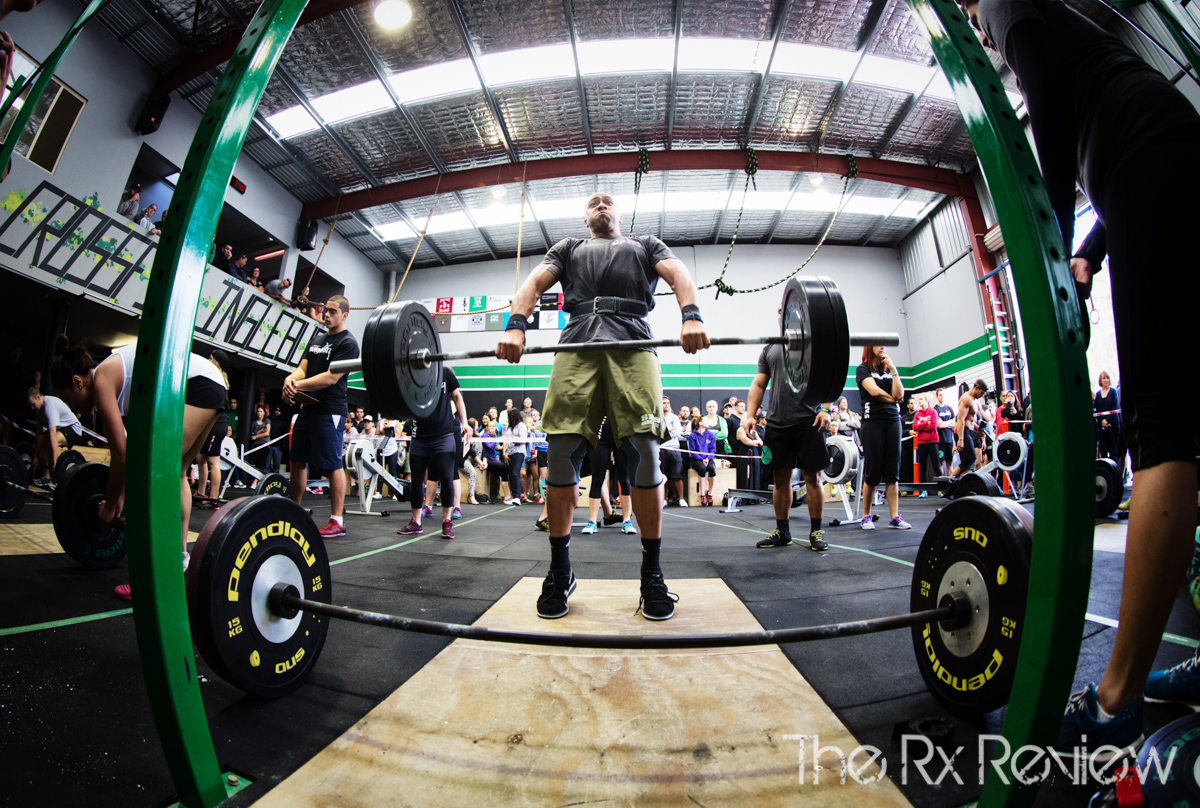
There are several reasons why you may have a broken foot such as a car crash or a slip and fall accident. Even if the seriousness of the injury may vary from one person to another, it remains that you should take care of a foot injury to foster its speedy healing. This article focuses on some of the things that you need to know in case you suffer a foot injury.
Common Symptoms of a Foot Injury
Some of the most common symptoms of a foot injury include immediate and throbbing pain, as well as pain that increases with activity but decreases with rest. Even swelling and bruising are known symptoms of a foot injury as well. Some people may also experience tenderness or even deformity in the event of a foot injury, with others having a difficulty in walking or bearing weight.
In case you already notice an obvious deformity in your foot, make sure that you visit a doctor immediately. A seasoned podiatrist Guelph that locals rely on, suggests that if the pain and swelling of your foot fail to get better with self-care, or if the pain and swelling worsen over time, then you should not defer your visit to a doctor. In the same manner, make sure to have your foot injury checked if it already interferes with your walking.
Ways to Diagnose a Foot Injury
The first thing that a doctor will do to diagnose your foot injury is to conduct a physical exam. He or she will most likely check for points of tenderness, with the precise location of your pain determining its root cause. Apart from a physical exam though, your doctor may also require imaging tests to be done. This can either be in the form of an x-ray or a bone scan. In some instances, your doctor may even request for computerized tomography (CT) scan or magnetic resonance imaging (MRI). MRI scans are now also easily accessible and can book your own private MRI without doctor’s recommendation.
Foot Injury Treatments
As soon as the extent of your foot injury has been properly diagnosed, your doctor will be able to recommend the appropriate treatment. He or she can either prescribe medications to help alleviate your pain. After your bone or injury has healed, your doctor may then proceed on recommending the proper therapy. This will loosen the stiff muscles and ligaments in your feet.
Some other possible treatments include surgery, with the surgeon using pins, plates, or screws to ensure that your bones maintain their proper position as they heal. Other than surgery, there is also immobilization and reduction. The former entails the use of a cast while the latter means that your doctor will need to manipulate your foot structure to get it back into its proper form.
Usual Causes of a Foot Injury
Apart from the common symptoms, diagnosis, and treatment, it is also worthwhile to know the usual causes of a foot injury. Car accidents, as well as slip and falls, are two of the topmost common causes of a broken foot. In addition to this, dropping something heavy on your foot can also cause a fracture. Even missteps, as well as the overuse of your foot muscles, can lead to injuries in the long run.
Complications of a Foot Injury
While the complications of a foot injury are uncommon, there are instances wherein it occurs. Some of the complications that can happen include arthritis, bone infection, as well as nerve or blood vessel damage. The fractures that extend into a joint can lead to arthritis many years after your broken foot injury.
On the other hand, a bone infection may happen if you encounter an open fracture wherein your bone is exposed to bacteria that can cause infection. Nerve damage can happen if the trauma to your foot affects adjacent nerves and blood vessels.
Risk Factors Involved in a Foot Injury
There are instances wherein you are at a higher risk of a foot injury, such as when you participate in a high-impact sport like basketball or football. You are also at a higher risk of a foot injury if you leverage faulty equipment or gear such as wearing shoes that are too tight or too worn out. Even a sudden increase in your activity level can lead to a foot injury in the long run.
Some work environments also put you at a higher risk for a foot injury. For instance, if you are working on a construction site, make sure to use the proper footwear. When you are at home, make sure that your surroundings are well-lit to prevent slip and fall accidents. In line with this, you should also declutter your home. Lastly, when you have certain health conditions such as osteoporosis, then you may be at a higher risk of having a foot injury.
How to Prevent Foot Injury
There are various ways on how you will be able to prevent having a broken foot. For instance, make sure to wear proper shoes such as hiking boots when you will be walking on rough terrain, as well as steel-toed shoes in your work environment as necessary. If you are an athlete, make sure to replace your shoes regularly for proper foot support.
In case you are venturing out into a new fitness program, make sure to start slowly or alternate your activities to prevent stress fractures. You should also exert the effort to build your bone health by eating calcium-rich foods or even taking vitamin D supplements. Keep clutter out of your floor and avoid walking in the dark to avoid any trips and falls leading to broken toes.
If you had a foot injury, the first thing that you should do is to check the symptoms for you to address them appropriately. From there, make sure to consult a doctor for a proper diagnosis and treatment. It is also a good idea to research the common causes and complications of a foot injury for your awareness. Additionally, you should be aware of the risk factors involved in a broken foot for you to be able to prevent experiencing it again in the future.


















Follow Us